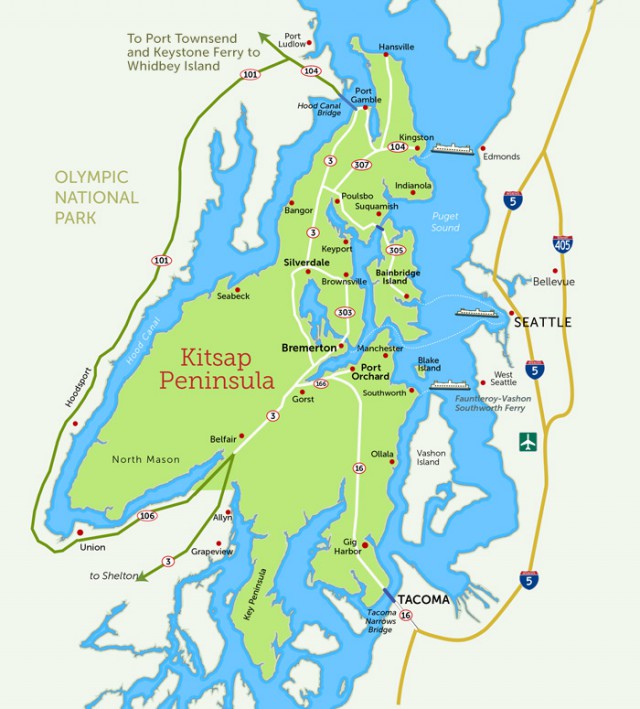 After Comcast customer Conal O’Rourke spent more than a year trying to get the cable company to stop overbilling him, Comcast allegedly got their revenge by having O’Rourke fired from his job at PriceWaterhouseCoopers, which just so happened to count Comcast as an important client.
After Comcast customer Conal O’Rourke spent more than a year trying to get the cable company to stop overbilling him, Comcast allegedly got their revenge by having O’Rourke fired from his job at PriceWaterhouseCoopers, which just so happened to count Comcast as an important client.
O’Rourke sued Comcast after the company allegedly complained about O’Rourke’s persistence to his boss at the accounting firm. After months of discovery motions surrounding the lawsuit, O’Rourke’s legal team has amended their complaint to add a seventh cause of action — invasion of privacy — after Comcast’s damage control efforts exposed private conversations between O’Rourke and Comcast customer service representatives.
The Consumerist was the first to tell O’Rourke’s story, and it has now learned Comcast allegedly recorded and used O’Rourke’s private conversations with the cable company to further disparage O’Rourke to protect its own image. His attorneys are now asking for additional damages, up from the original $1 million to more than $5 million:
After Conal filed suit, Comcast released a statement to Consumerist and others, explaining that, “As part of this investigation, we have listened to recorded calls between Mr. O’Rourke and our customer service representatives and his treatment of them and his language is totally unspeakable.”
This statement and description of the customer service calls goes too far, says Conal in the revised lawsuit.
“The recorded customer service telephone calls between Mr. O’Rourke and Comcast are private, and are not the subjects of legitimate public concern,” reads the amended complaint. “Comcast’s public disclosure of the existence and nature of Mr. O’Rourke’s private calls to Comcast customer service – which disclosure falsely portrays Mr. O’Rourke as an individual lacking in decency, ethics and integrity – is offensive and objectionable to a reasonable person of ordinary sensibilities.”
The lawsuit claims that “Comcast’s conduct towards Mr. O’Rourke was wanton, willful and intentional, and committed with malicious intent.”
Comcast apparently intends to drag the case out in court, potentially for years.
“That’s how long hard-fought federal lawsuits are taking in this district these days, and Comcast will be opposing it hard,” Conal’s lawyer Harmeet K. Dhillon told Ars Technica. “I can’t say on the record why it didn’t settle, but you can see from Comcast’s public statements that they want to be ‘vindicated.’”


 Subscribe
Subscribe
 “Hence, we remain cautiously optimistic that cord-cutting, in large numbers, isn’t likely to happen,” Juenger wrote his clients. “It’s one of those ideas that sounds great in the abstract but crumbles when faced with the reality.”
“Hence, we remain cautiously optimistic that cord-cutting, in large numbers, isn’t likely to happen,” Juenger wrote his clients. “It’s one of those ideas that sounds great in the abstract but crumbles when faced with the reality.” A Washington state man who just moved into his new home is now being forced to consider selling it to somebody else because Comcast repeatedly misled him about its ability to provide service.
A Washington state man who just moved into his new home is now being forced to consider selling it to somebody else because Comcast repeatedly misled him about its ability to provide service. Four of his options were wireless carriers that don’t provide a strong signal to his home or charge obscenely high prices for usage capped Internet access. ViaSat was on the list promising up to 25Mbps, but ViaSat satellite customers can testify the actual speeds received are much slower, and do not reliably support the VPN access Seth required.
Four of his options were wireless carriers that don’t provide a strong signal to his home or charge obscenely high prices for usage capped Internet access. ViaSat was on the list promising up to 25Mbps, but ViaSat satellite customers can testify the actual speeds received are much slower, and do not reliably support the VPN access Seth required. Californians get a reprieve from the menacing Comcast-Time Warner Cable merger with an announcement from the California Public Utilities Commission it is putting further consideration of the merger deal on hold until later this spring.
Californians get a reprieve from the menacing Comcast-Time Warner Cable merger with an announcement from the California Public Utilities Commission it is putting further consideration of the merger deal on hold until later this spring. After a year-end customer audit, some Comcast customers report they are now being notified by the cable company they were not charged modem rental fees in error even though they previously purchased their own equipment.
After a year-end customer audit, some Comcast customers report they are now being notified by the cable company they were not charged modem rental fees in error even though they previously purchased their own equipment.
